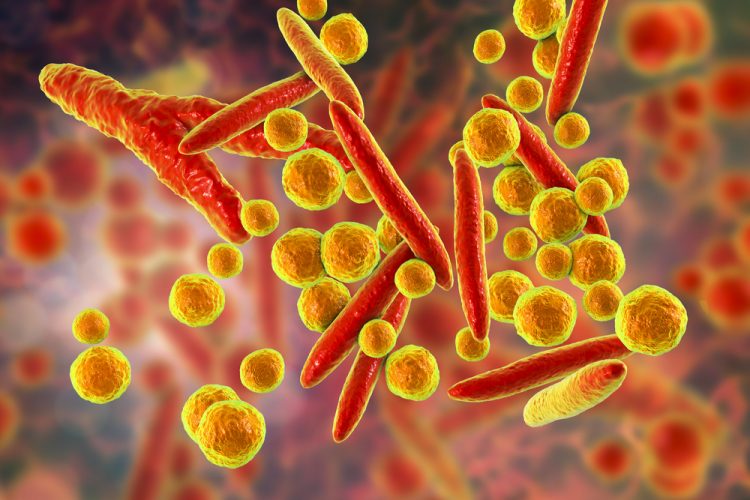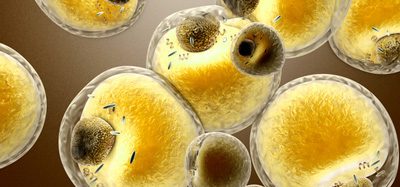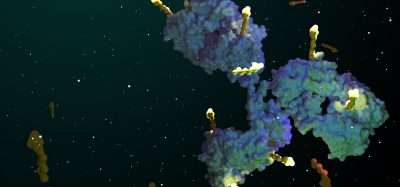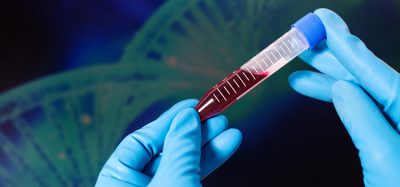Novel “living medicine” could treat antibiotic-resistant infections
Posted: 6 October 2021 | Anna Begley (Drug Target Review) | No comments yet
Researchers have created the first “living medicine” to treat antibiotic-resistant bacteria growing on the surfaces of medical implants.


A team at the Center for Genomic Regulation, Spain, have developed the first “living medicine” to fight infections caused by antibiotic-resistant bacteria growing on the surfaces of medical implants.
Staphylococcus aureus (S. aureus) is one of the most common species of biofilm-associated bacteria. S. aureus infections do not respond to conventional antibiotics, requiring patients to surgically remove any infected medical implants. Alternative therapies include the use of antibodies or enzymes, however these are broad-spectrum treatments that are highly toxic for normal tissues and cells, causing undesired side effects.
Novel class of LPPOs could provide alternative to antibiotics, study shows – FIND OUT MORE HERE
The team hypothesised that introducing living organisms that directly produce enzymes in the local vicinity of biofilms is a safer and cheaper way of treating infections. Bacteria are an ideal vector, as they have small genomes that can be modified using simple genetic manipulation.
Biomarkers aren’t just supporting drug discovery – they’re driving it
FREE market report
From smarter trials to faster insights, this report unpacks the science, strategy and real-world impact behind the next generation of precision therapies.
What you’ll unlock:
- How biomarkers are guiding dose selection and early efficacy decisions in complex trials
- Why multi-omics, liquid biopsy and digital tools are redefining the discovery process
- What makes lab data regulatory-ready and why alignment matters from day one
Explore how biomarkers are shaping early drug development
Access the full report – it’s free!
The researchers chose to engineer Mycoplasma pneumoniae (M. pneumoniae), a common species of bacteria that lacks a cell wall, making it easier to release the therapeutic molecules that fight infection while also assisting it in evading detection from the human immune system. M. pneumoniae was first modified so that it would not cause illness. Further tweaks made it produce two different enzymes that dissolve biofilms and attacks the cell walls of the bacteria embedded within. The team also modified the bacteria so that it secretes antimicrobial enzymes more efficiently.
The experimental “living treatment”, detailed in Molecular Systems Biology, was tested on infected catheters in vitro, ex vivo and in vivo, successfully treating infections across all three testing methods. According to the authors, injecting the therapy under the skin of mice treated infections in 82 percent of the treated animals.
“Our technology, based on synthetic biology and live biotherapeutics, has been designed to meet all safety and efficacy standards for application in the lung, with respiratory diseases being one of the first targets. Our next challenge is to address high-scale production and manufacturing and we expect to start clinical trials in 2023,” explained co-corresponding author María Lluch.
The modified bacteria may also have long-term applications for other diseases. “Bacteria are ideal vehicles for ‘living medicine’ because they can carry any given therapeutic protein to treat the source of a disease,” concluded co-author Luis Serrano. “One of the benefits of the technology is that once they reach their destination, bacterial vectors offer continuous and localised production of the therapeutic molecule. “Like any vehicle, our bacteria can be modified with different payloads that target different diseases, with potentially more applications in the future.”
Related topics
Antibiotics, Biofilms, Drug Targets, In Vitro, In Vivo, Protein, Small molecule, Targets, Therapeutics
Related organisations
Center for Genomic Regulation
Related people
Luis Serrano, María Lluch








